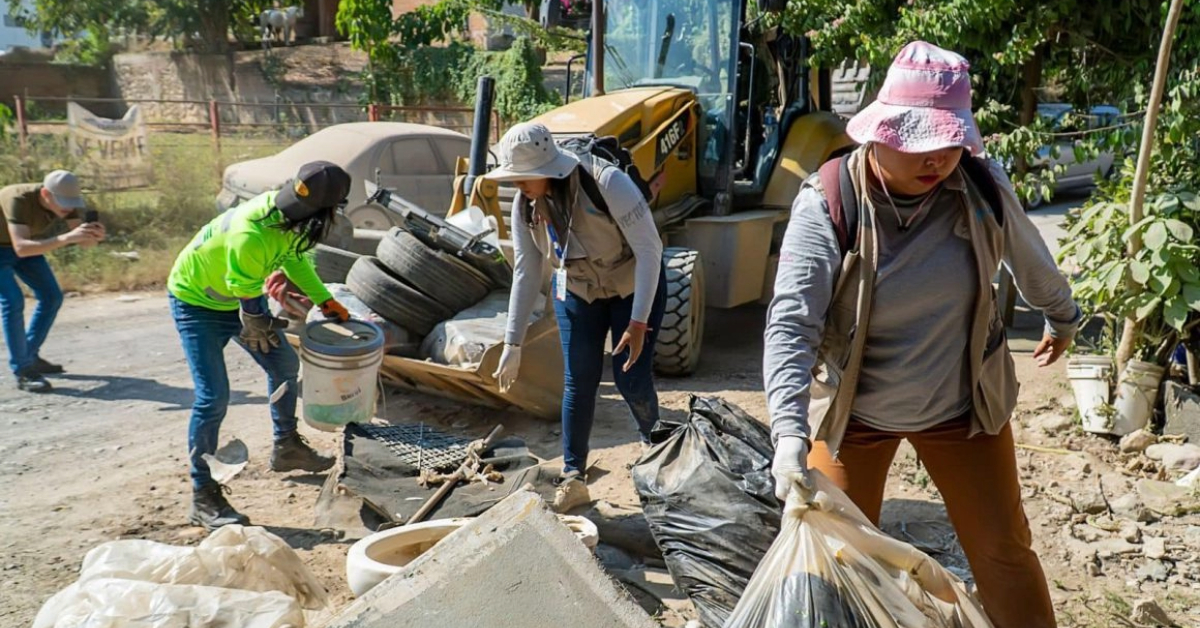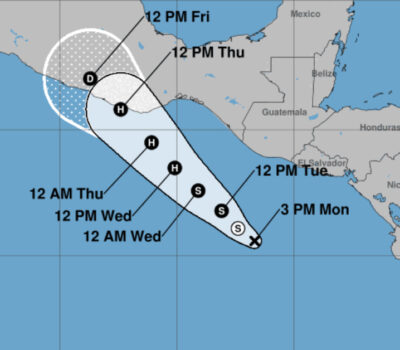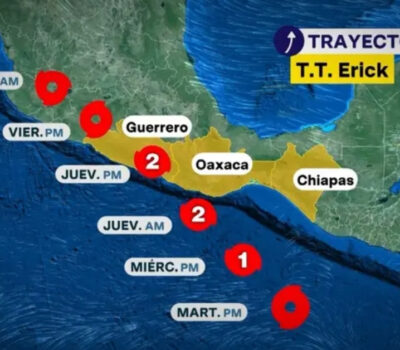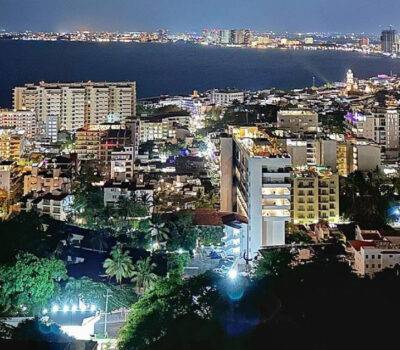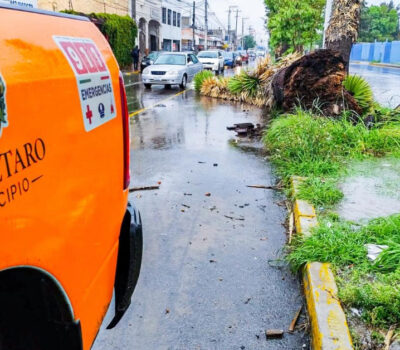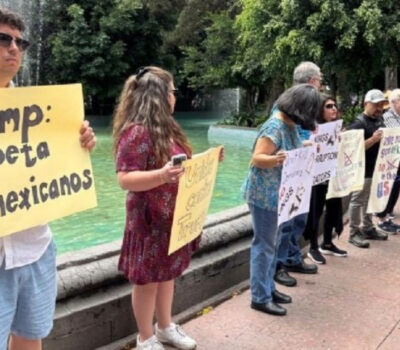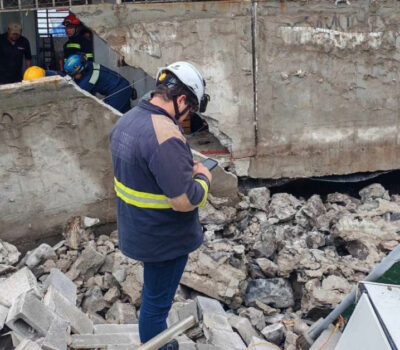Jalisco dengue prevention steps into high gear with the 2025 State Strategy against Dengue, boosting surveillance, fumigation and community outreach as the rainy season hits.
Jalisco’s Ministry of Health kick-started its 2025 State Strategy against Dengue to curb outbreaks as the rainy season begins. Headed by Héctor Raúl Pérez Gómez, the campaign boosts surveillance and prevention across all 13 health regions.
Pérez Gómez noted that preventive work began early this year. With epidemiological week 22 marking the usual uptick in vector-borne illnesses, teams intensified larval control, fumigation and community outreach. “From week 22 onward, dengue cases rise, and Jalisco sees that trend every year,” he said. As of week 23, authorities confirmed 787 cases, including 23 severe infections, but no deaths have been reported.
The state also saw a drop in probable cases: the ratio fell from seven to one in 2024 to three to one this year, marking a clear improvement in early detection and response.
Over 1,000 brigade members in the field
Isabel Higuera Torres, who leads the Vectors and Zoonoses Department, said 1,064 staff now work on prevention and control. The effort runs on a 310-million-peso budget and relies on a fleet of 77 vehicles to reach neighborhoods statewide. While fogging trucks remain visible in high-risk zones, Higuera Torres stressed that fumigation serves only as a complementary response, not a lasting solution.
Teams have visited nearly 769,000 homes, conducting physical inspections in more than 400,000. They educate families on removing stagnant water and blocking mosquito breeding sites. Officials urge residents to take simple steps at home—wash, cover, flip and throw away containers that can hold water.
Biological control with guppy fish
Alongside household measures, the strategy promotes guppy fish in water tanks without plumbing. These small fish feed on mosquito larvae, offering a low-cost, eco-friendly method to cut down larval populations in clean water sources.
Targeting high-risk areas
Efforts focus on the Guadalajara Metropolitan Area, Puerto Vallarta and other coastal regions where humidity and tourism swell mosquito activity. Health workers conduct door-to-door visits in vulnerable neighborhoods and inspect public spaces like schools, sports complexes and cemeteries.
Entomological surveillance runs year-round through more than 18,000 ovitraps placed across the state. These devices collect mosquito eggs and help teams track population hotspots. Community workshops in partnership with municipal councils and local leaders reinforce prevention messages and encourage citizens to stay alert.
Keeping Jalisco dengue prevention on track
The Ministry of Health continues to run media and social-network campaigns to remind residents that stopping dengue starts at home. Public cooperation remains vital. By following the “Wash, Cover, Flip and Throw Away” steps and welcoming guppies in water containers, Jalisco strengthens its defense against the Aedes aegypti mosquito.
As the rain drives up humidity and breeding sites, the State Strategy against Dengue 2025 aims to keep case numbers low and avoid outbreaks. Officials promise to adapt tactics as the season unfolds, but they stress that community action will determine the plan’s success.
Jalisco dengue prevention steps into high gear with the 2025 State Strategy against Dengue, boosting surveillance, fumigation and community outreach as the . . .

